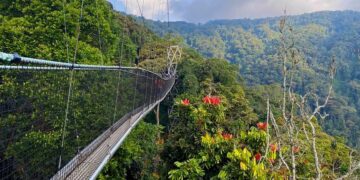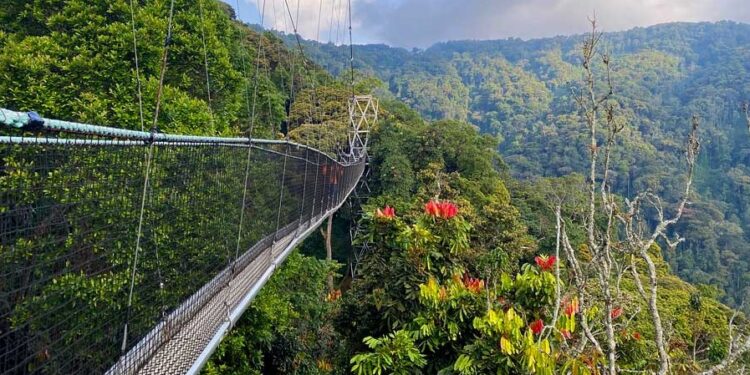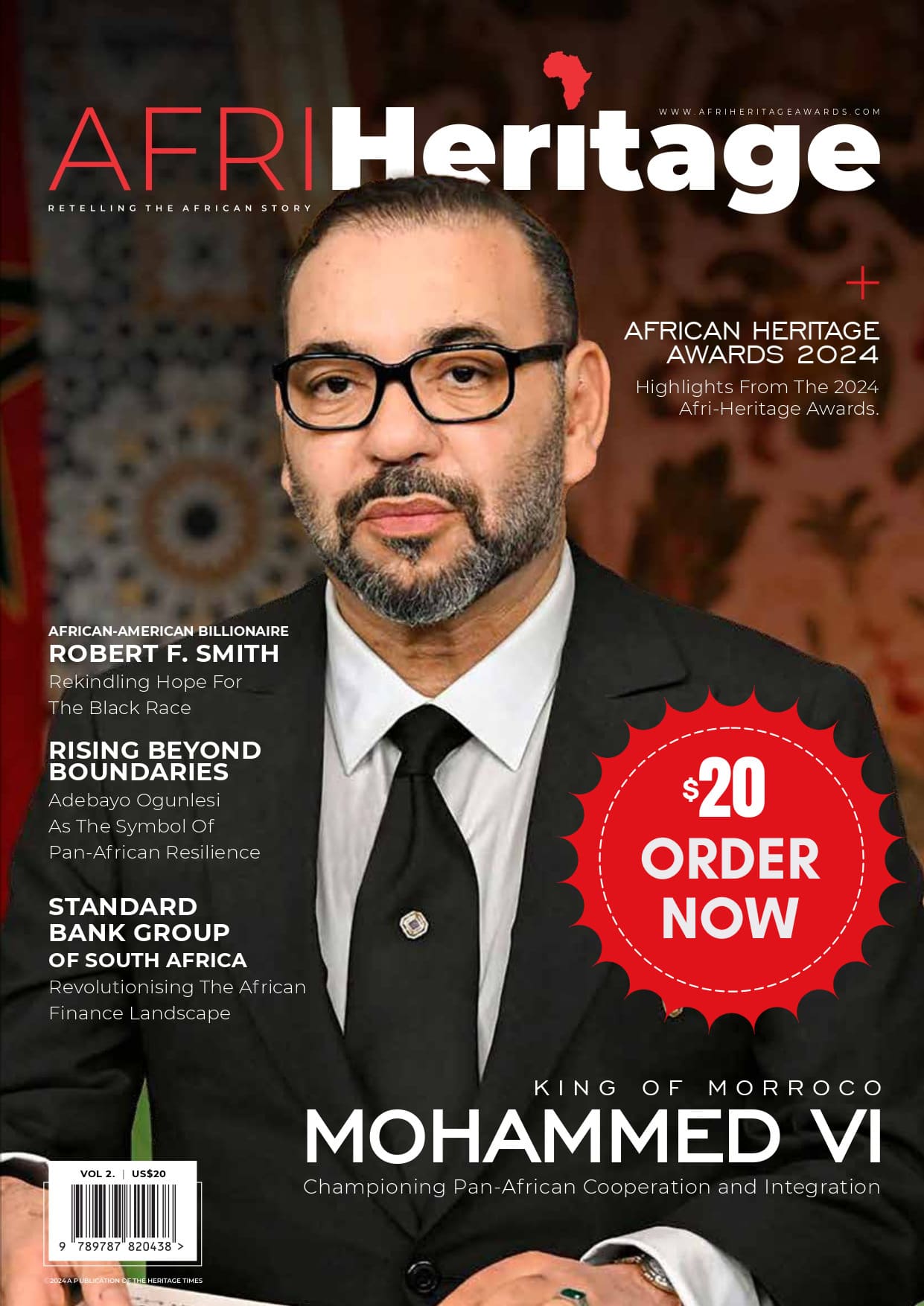By John Ikani
Rwandans have welcomed the recent inclusion of five new sites on UNESCO’s esteemed World Heritage list.
Nyungwe National Park, a lush and biodiverse rainforest, has gained recognition for its exceptional array of flora and fauna, boasting rare species such as the endangered eastern chimpanzee and the golden monkey.
Arcos Network, a conservation organization based in Rwanda, enthusiastically described this development as “exciting.”
Its leader, Sam Kanyamibwa, emphasized that it serves as a testament to Rwanda’s globally applauded conservation efforts and policies that have proven effective.
In addition to the Nyungwe National Park, four memorial sites dedicated to the remembrance of the 1994 Rwandan Genocide have also earned their place on the prestigious list.
Nyamata, Murambi, Gisozi, and Bisesero sites serve as poignant reminders of the tragic events during which an estimated 800,000 Tutsis and moderate Hutus lost their lives.
Furthermore, it is worth noting that there is potential for the addition of over 20 new sites to the existing roster of world heritage sites, all of which exhibit “outstanding universal value to humanity.”
The global distribution of Heritage sites has been a subject of debate, with Europe currently claiming over a third of them, and countries such as France and Germany each boasting more than 50.
Before this latest inclusion, 27 nations, including 12 from Africa, did not have any sites inscribed on the World Heritage list.



































